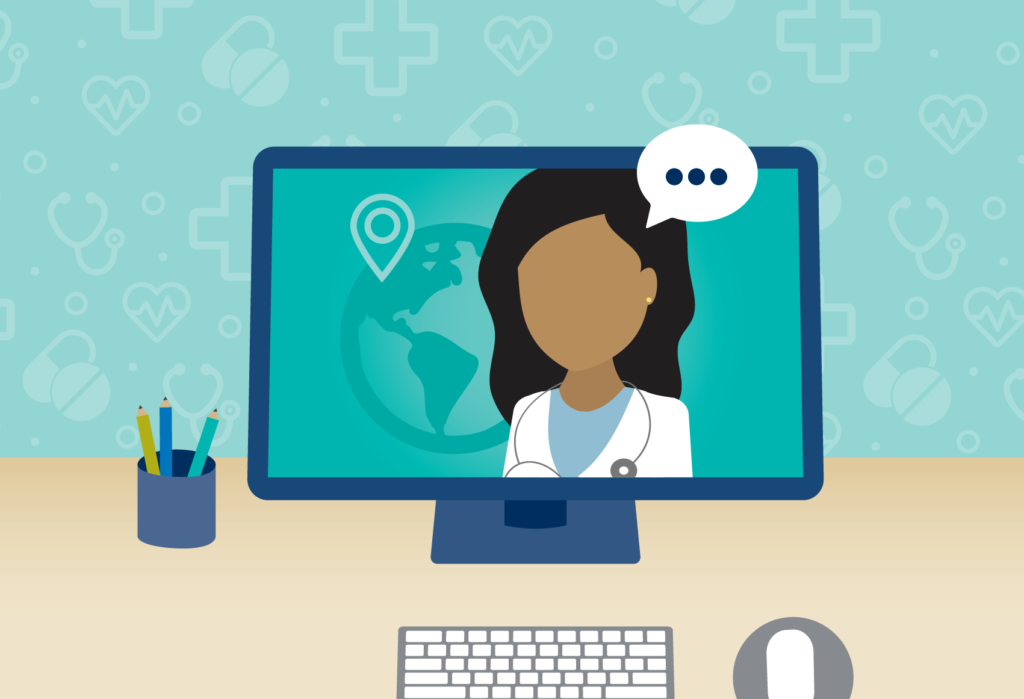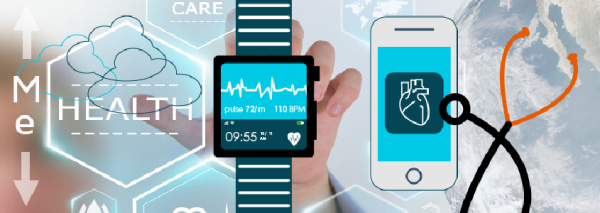
What’s new is not necessarily new: telehealth and telemedicine
Telehealth is the distribution of health-related services and information via electronic information and telecommunication technologies. It allows long-distance patient and clinician contact, care, advice, reminders, education, intervention, monitoring, and remote admissions.
Referring to health information services, health care education, and health care services in a broad sense, the term telehealth is an all-encompassing one. In fact, telecare and telemedicine are generally covered within the broader scope of the term telehealth. Examples of telehealth include health education services, remote monitoring of vital signs, ECG or blood pressure, and remote doctor-patient consultations (telemedicine). Telehealth technology enables the remote diagnoses and evaluation of patients in addition to the ability to the remote detection of fluctuations in the medical condition of the patient at home so that the medications or the specific therapy can be altered accordingly. It also allows for e-prescribe medications and remotely prescribed treatments.
Examples of telehealth:
Doctor-prescribed scales to monitor weight gain for CHF patients. The daily weigh-ins are sent directly to the physician to determine if the patient is retaining fluids. Based on the results that are sent from the scale, doctors can change medications or decide to schedule an in-person visit.
Most implantable pacemakers and defibrillators send daily or weekly reports, wirelessly, to the cardiologist’s office. The physician can then use the results to make medication adjustments or schedule a visit with the patient.
Telemedicine

This term has a narrower scope than that of telehealth. It refers more specifically to education over a distance and the provision of health care services through the use of telecommunications technology. Telemedicine refers to the use of information technologies and electronic communications to provide remote clinical services to patients. The digital transmission of medical imaging, remote medical diagnosis and evaluations, and video consultations with specialists are all examples of telemedicine.
In regular words, Telemedicine refers to the medium in which the patient and the physician speak and the physician can give a diagnose. In the past, there are strict regulations on this medium, mainly because this is private information and you really want a secure method that is clear for both the patient and the physician.
How embarrassing would it be for you doctor visit be broadcast live? Also there’s the consideration of patients rights for confidentiality and HIPAA.
With telemedicine, you also want a communication channel with a clear picture and noise-free audio. You want the physician to have a good look at your rash, cut, or pale complexion so they can make a proper diagnosis.
In light of what’s happened with COVID-19, the government has lightened the rules/regulations to allow smartphones and commercial tablets as a means to arrange office visits.


